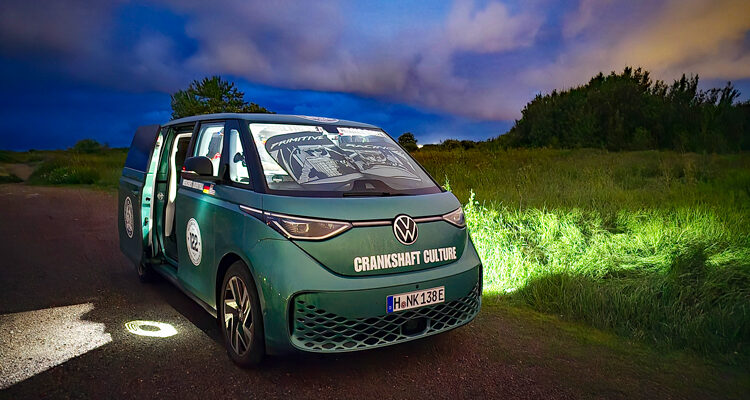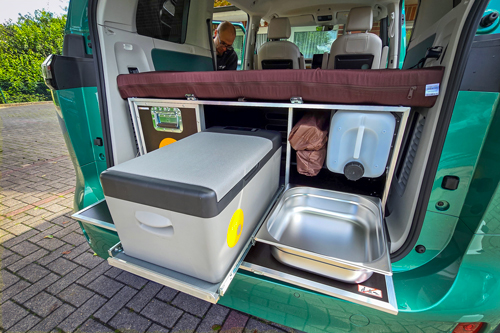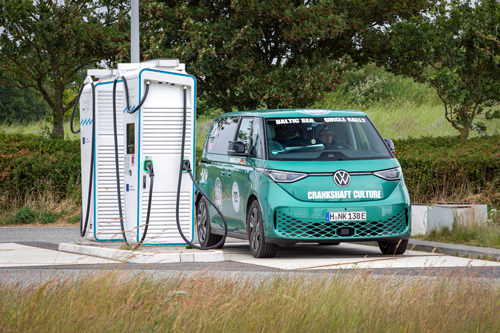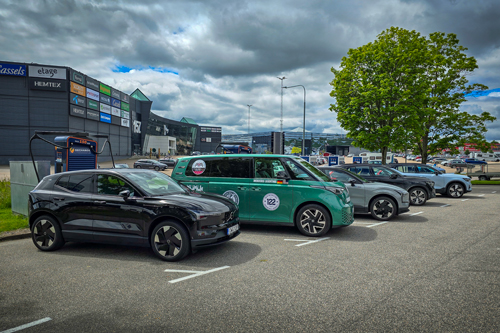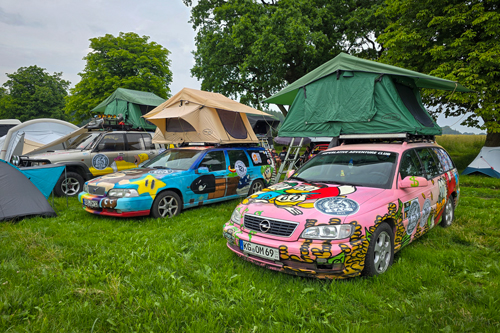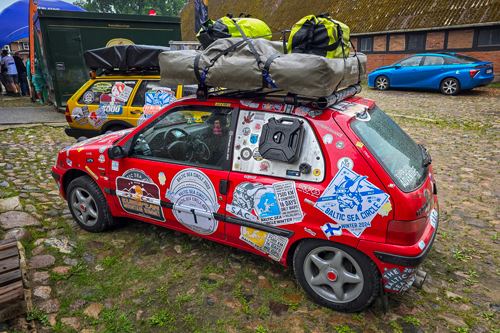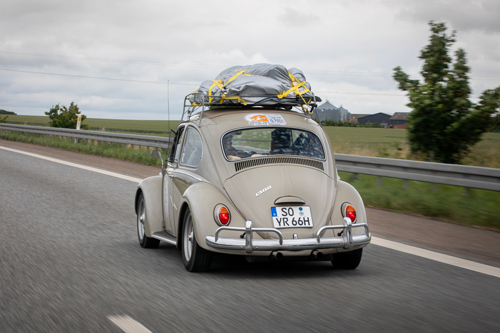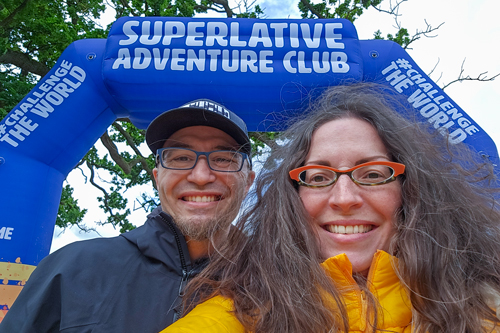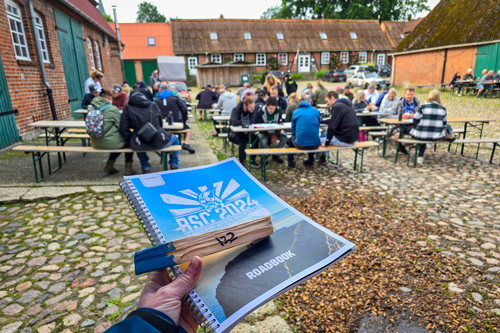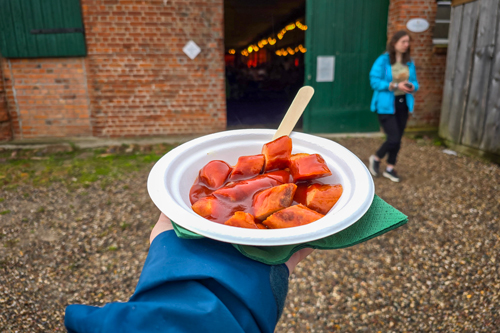If someone would’ve told us we’d be rallying an all-electric Volkswagen ID. Buzz van in the middle of Latvia, Lithuania, and Poland, among six other countries, I would’ve thought they were crazy. But they were right. My husband, Andy Lilienthal, and I competed in the 2024 Baltic Sea Circle Rally (BSCR), the northernmost rally in the world. We piloted a German-market Volkswagen ID. Buzz EV for the competition. We were the only non-European team and the sole all-electric entrants.
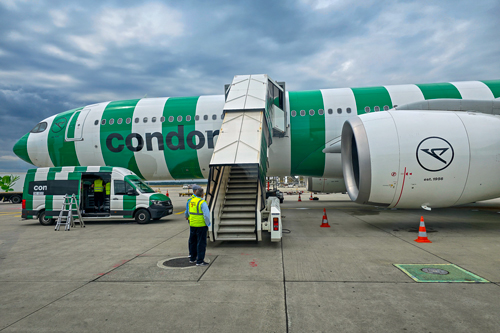
Andy and I aren’t new to road rallies. In fact, we’ve been involved in this form of grassroots motorsports since 2018 when we entered half-day competitions with our local time-speed-distance (TSD) rally club, the Cascade Sports Car Club in Portland, Oregon.
There, along with the help of Pacific Northwest rally friends like Yulia Smolyansky, Paul Eklund, and Emily Winslow, we learned the basics of TSDs.
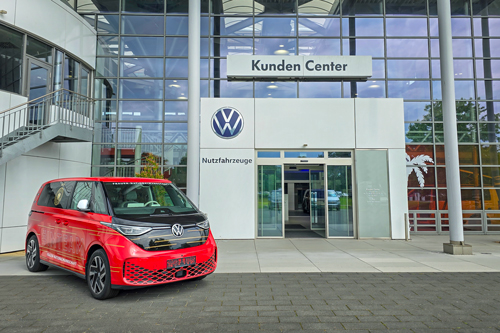
We realized road rallies marry several things we love travelling to new places, cars, competition, and being together while doing it all. What’s not to love? Depending on the rally, one could choose different cars and roll.
While we don’t use rally computers or fancy apps for TSD rallies, we started implementing long-form equations to figure out incremental checkpoint arrival times and honed skills to help perfect this precision-based sport. From there, Andy and I started competing in long-distance endurance rallies, like North America’s Alcan 5000 Rally. We’ve since crossed Arctic Circles in four countries (two in winter) and amassed approximately 32,000 kilometres of competition together.

Not all rallies require checkpoints and exact courses. Some, like the BSCR, sport a roadbook full of quirky challenges and a loosely based route—all while experiencing worldwide travel. Teams must use paper maps and backroads. GPS is not allowed (though we needed it to find charge stations), and everyone determined their own overnight accommodation. Our VW ID. Buzz van was equipped with a German-made Ququq camping setup; we camped with it nearly every night of this 16-day, nine-country event.
Before competing, we researched EV charging companies would be in which countries and what apps, charging cards, or RFID keys we needed. What we weren’t expecting, however, was the inability to access them. We were “out of region” with our North American smartphones.
However, my family in Germany was instrumental in helping us be rally ready with several things, including lending us a German-based iPhone loaded with several apps to pay for charging the ID. Buzz. Having a European-based phone and physical address tied to our accounts was a must. Only two of the 36 chargers during the rally allowed direct credit card payments.
After landing in Frankfurt, we received the ID. Buzz, put rally decals on, and loaded gear while staying with my family. We then headed to Hanover to see Volkswagen Commercial Vehicles’ headquarters and to the rally start just outside of Hamburg, in Basthorst, Germany. There, the heavens opened, and it poured. Thank goodness for Gore-Tex jackets! Eventually, the rain stopped, and fireworks lit the night sky as we said goodnight in anticipation for Day 1.
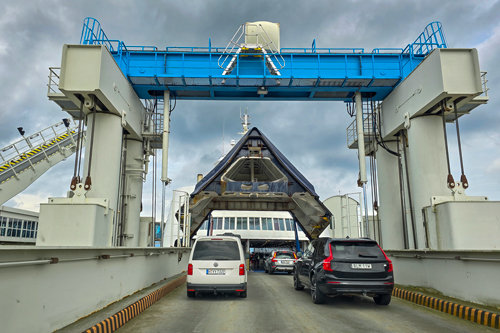
We were one of 140 BSCR teams and started the rally with 4,073 kilometres on the VW’s odometer, 400 kilometres of range, and 96% battery.
Day 1’s goal was to make it through Germany and Denmark and camp at or near Sweden’s Skälderviken beach. Heavy rains didn’t dampen our spirits but it made it difficult to see. We flanked major motorways as I plotted points on paper maps to keep us moving. Yellow stickie tabs meant “charging” while green ones were “camping.” Red tabs indicated “planned routes.”
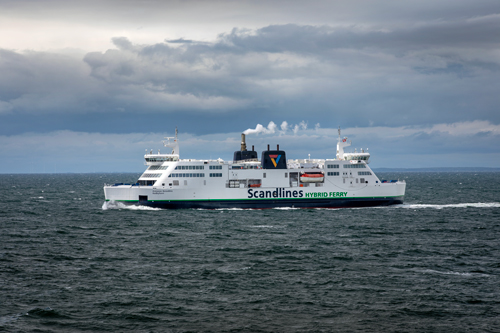
We took our first ferry from Puttgarden, Germany to Rødbyhavn, Denmark and completed our first charge in Bogø, Denmark. I found flintstone from the coast near the Farø Bridges, helping to fulfill a rally challenge. The Farø Bridges are two bridges spanning across the Storstrømmen sound, connecting the Falster and Zealand islands. Cold winds whipped as the rain lessened. Scandinavia gave us a cold, wet welcome.
After skirting Copenhagen, we arrived in Helsingborg to charge and crossed off another country: Sweden.
Helsingborg has 150,000 people and is a Swedish coastal city, across the Øresund strait from Denmark. It’s best known for its old town, home to the city center’s medieval Kärnan tower, the only surviving piece of a 600-year-old fortress.
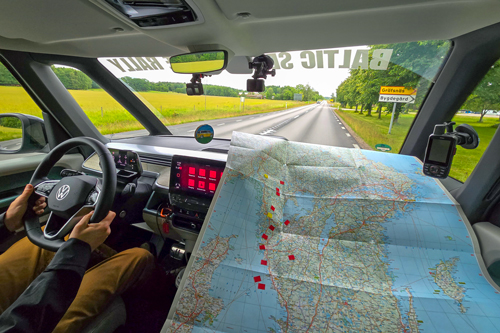
Before we slept, we snipped a Swedish branch from our charge spot in Falkenburg, Sweden, and completed our first Task of the Day: The Traditional Southern Baltic Viking Consecration “Five Elements.” These ceremonies bring good luck to long journeys. We had pushed beyond the rally’s intended overnight camp spot and wild camping near a wind farm along the Kattegat.
Day 1: 587 kilometres and 11 hours, 50 minutes travelled.
The second day gave us cloudy skies and helpful people. Thanks to a Polestar EV owner in Töcksfors, Sweden, we learned Tesla Superchargers charged different EVs. A gamechanger!
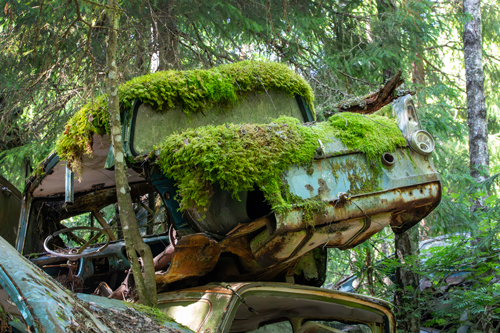
Figuring out what “non-motorways” meant, we found ourselves on farm roads and narrow paths tractors barely drove down, let alone two-way traffic. But we played the rally game to the best of our ability, heading north from southern Sweden to Båstnäs, a tiny village home to an enormous car graveyard. Our Task of the Day (among other missions) was finding the mossiest vehicle. Pressed for time, we found one atop tons of chassis, snapped a pic for points, and progressed.
It was another three-charge day. With the help of ioverlander.com, we found a great place to wild camp outside of Sweden in our next new country: Norway. Day 2 garnered 516 kilometres and 12 hours, 15 minutes.
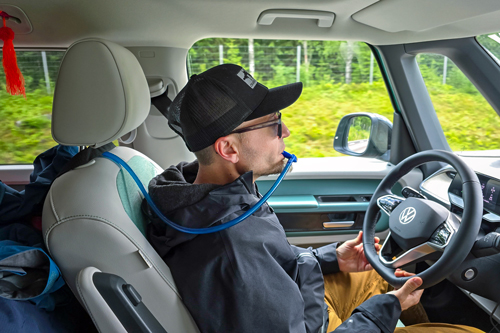
After smooth charging experiences in Germany, Denmark and Sweden wasn’t as easy. None of the dozen-plus apps or charging cards worked, though research said they should’ve. However, Andy downloaded new apps with each charge station and kept going.
Germany gave us a storied past familiar with my family’s upbringing, but Denmark and Sweden ushered in lush, flat lands full of natural beauty and dark gray skies with rain. Stay tuned as I document six more countries during our BSCR road-rally article series: Norway, Finland, and Estonia, as well as Latvia, Lithuania, and Poland.



